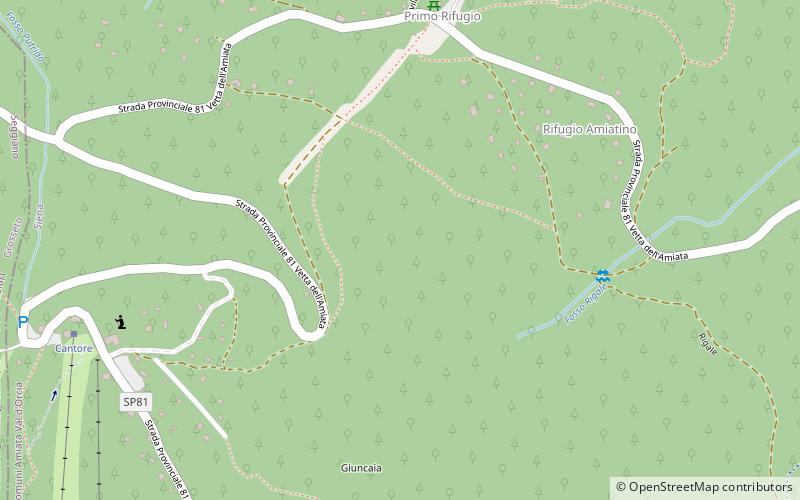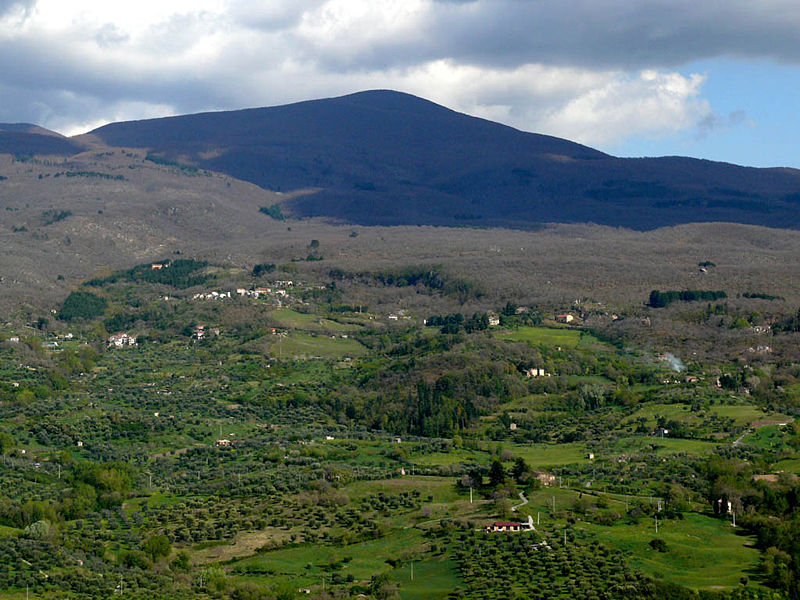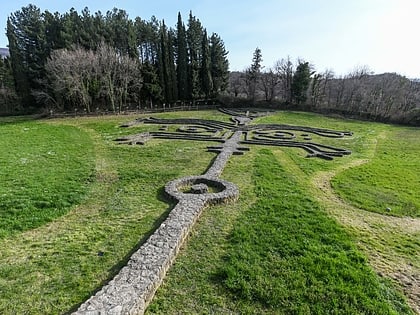Monte Amiata


Facts and practical information
Monte Amiata, a dormant volcano located in the heart of Tuscany, Italy, is a hidden gem that offers a unique blend of natural beauty and cultural history. Rising to an altitude of 1,738 meters, the mountain is the highest peak in the southern Tuscany region and provides breathtaking views of the surrounding Italian countryside.
Monte Amiata's volcanic origins date back approximately 300,000 years, and its presence has shaped the landscape and life in the area for millennia. Though it has not erupted for several hundred thousand years, the mountain's geothermal activity is still evident in the form of hot springs and fumaroles, making it a point of interest for geologists and tourists alike.
The area around Monte Amiata is rich in biodiversity, with dense chestnut and beech forests that are home to a wide array of wildlife. These forests are crisscrossed with hiking trails, making it a popular destination for nature enthusiasts and outdoor adventurers. In the winter, the mountain's slopes become a haven for skiers and snowboarders, with several well-equipped ski resorts offering a variety of runs.
Monte Amiata is not only a natural wonder but also a cultural one. The mountain has been an important source of mercury, and its mines were among the most productive in the world until the late 20th century. The historical mining sites now serve as museums, providing visitors with a glimpse into the mountain's industrial past.
Furthermore, the area is dotted with ancient villages and medieval towns such as Castel del Piano and Abbadia San Salvatore, where one can explore charming streets, historic architecture, and local traditions. The region is also renowned for its delicious cuisine and high-quality produce, including the prized Amiata chestnuts and exquisite local wines.
Tuscany
Monte Amiata – popular in the area (distance from the attraction)
Nearby attractions include: Abbazia di San Salvatore, Val d'Orcia, Museo delle Miniere di Mercurio del Monte Amiata, Church of Santa Maria Assunta.











